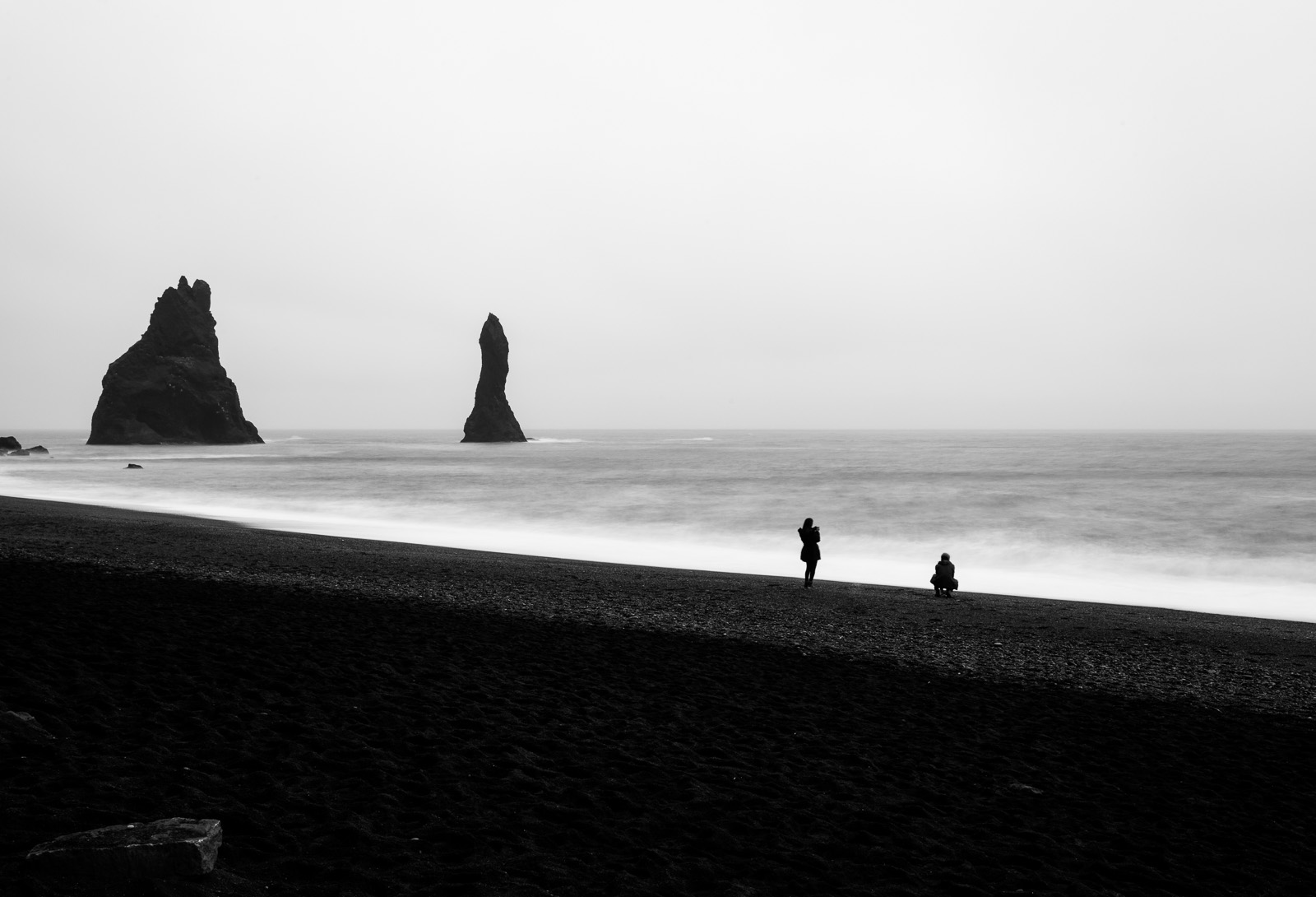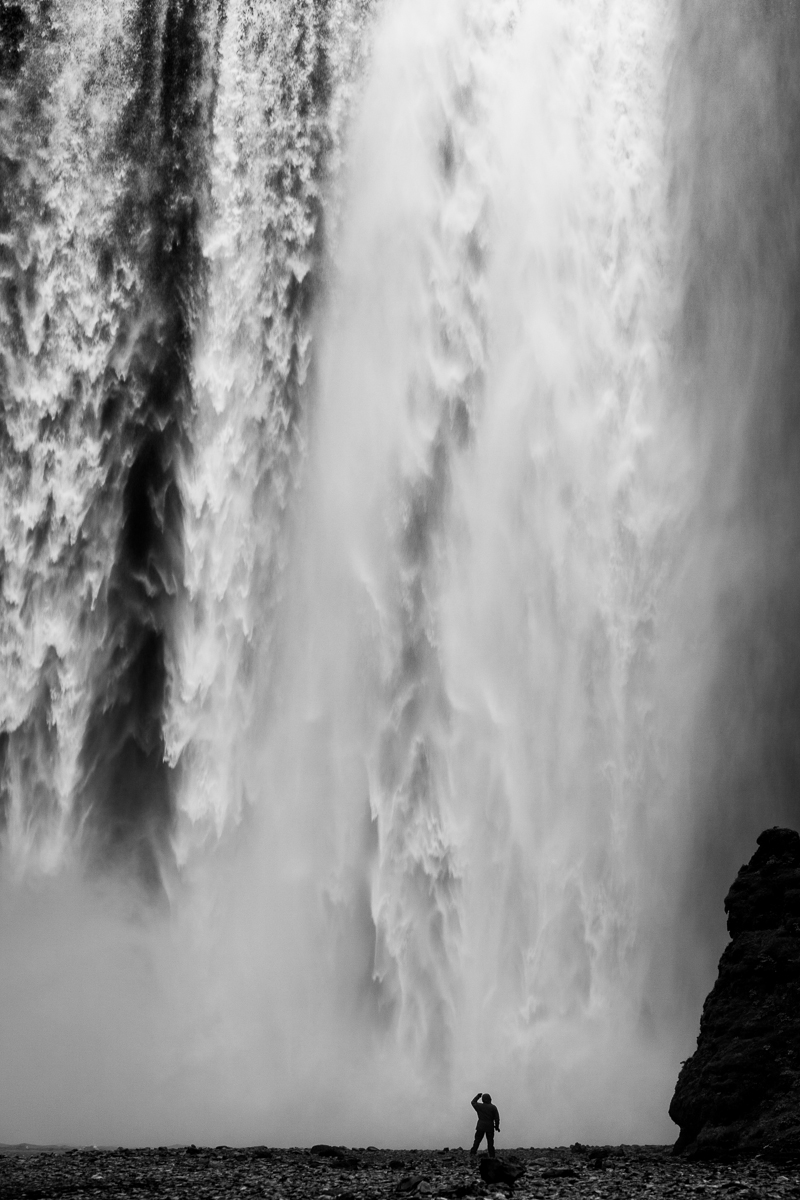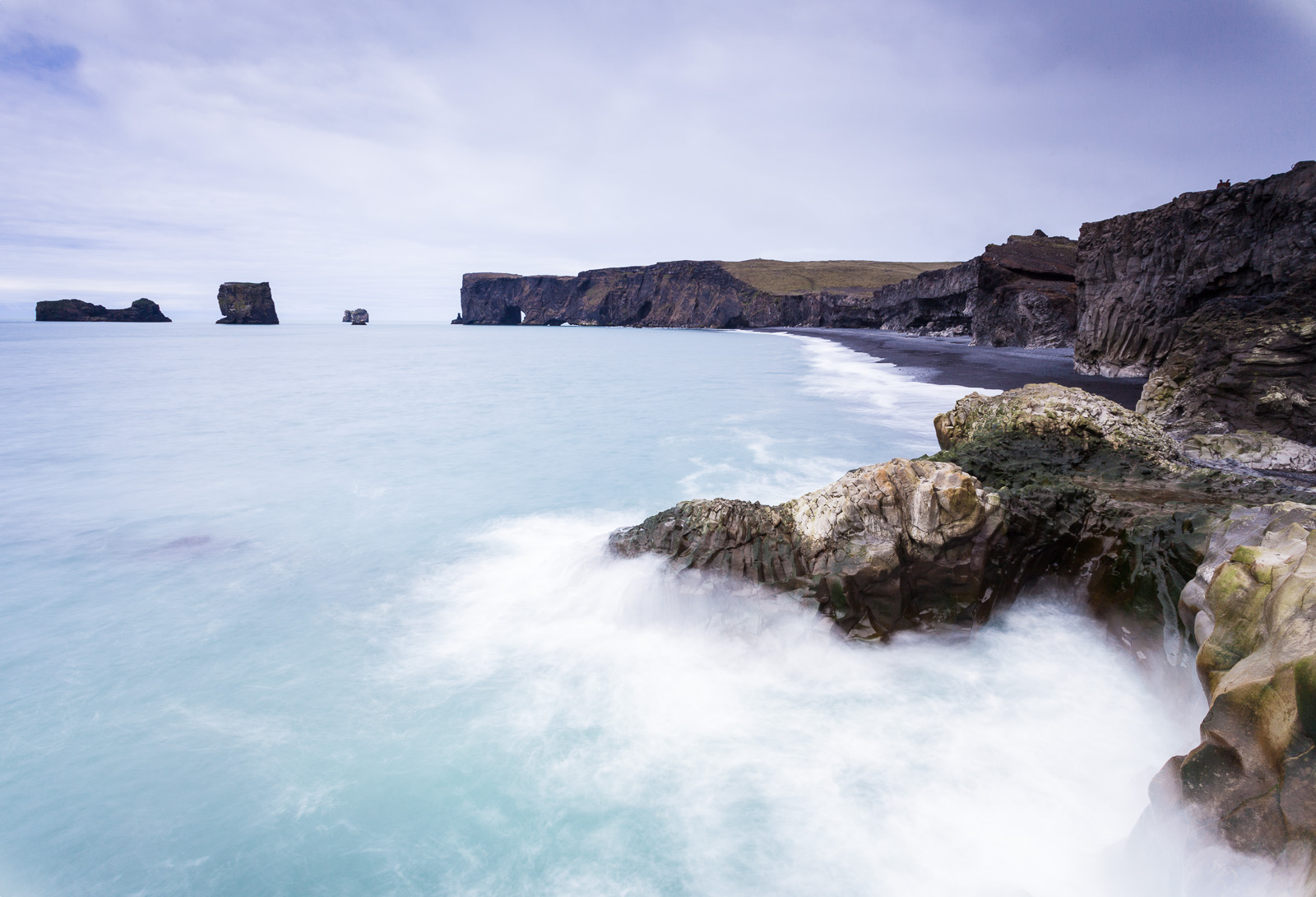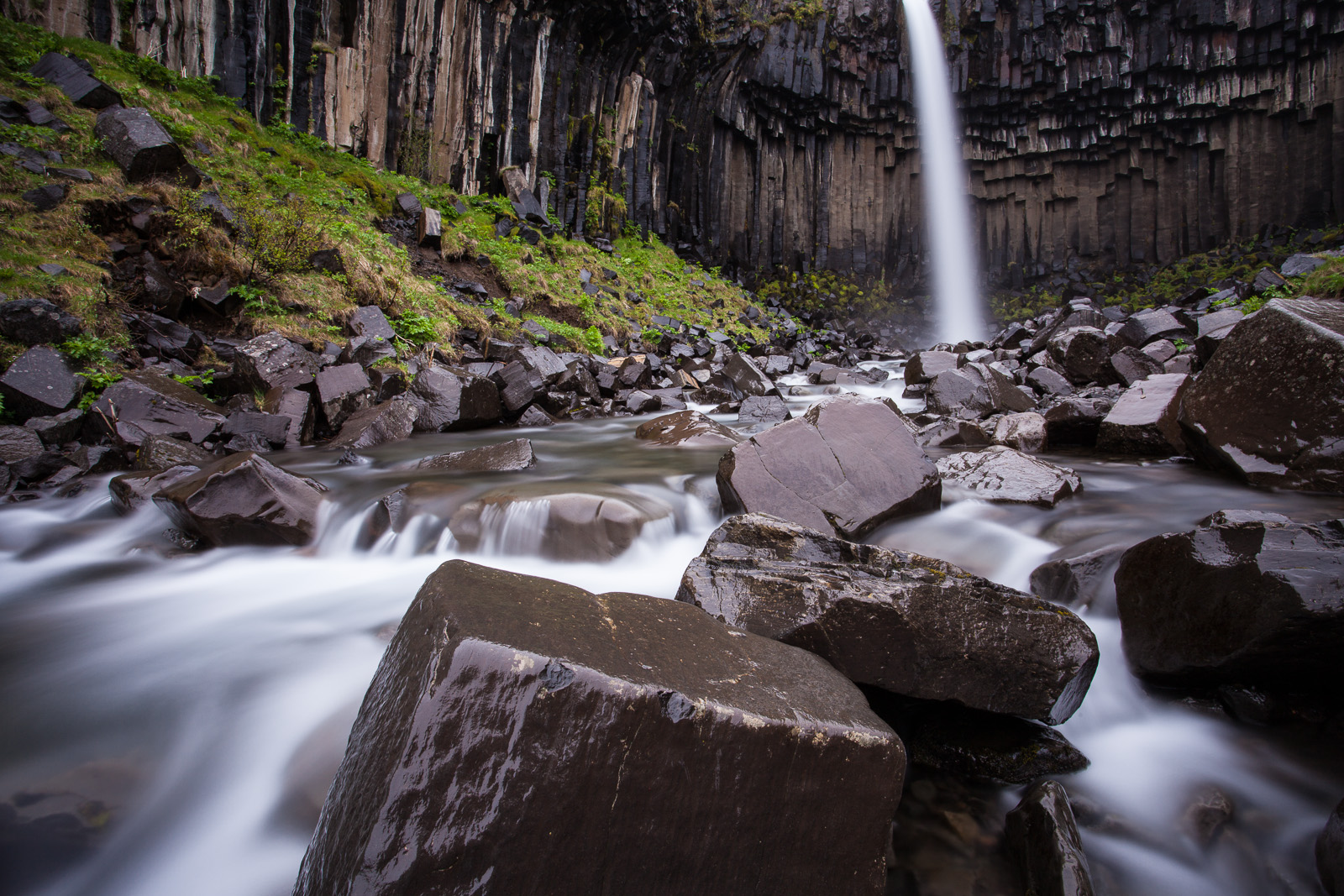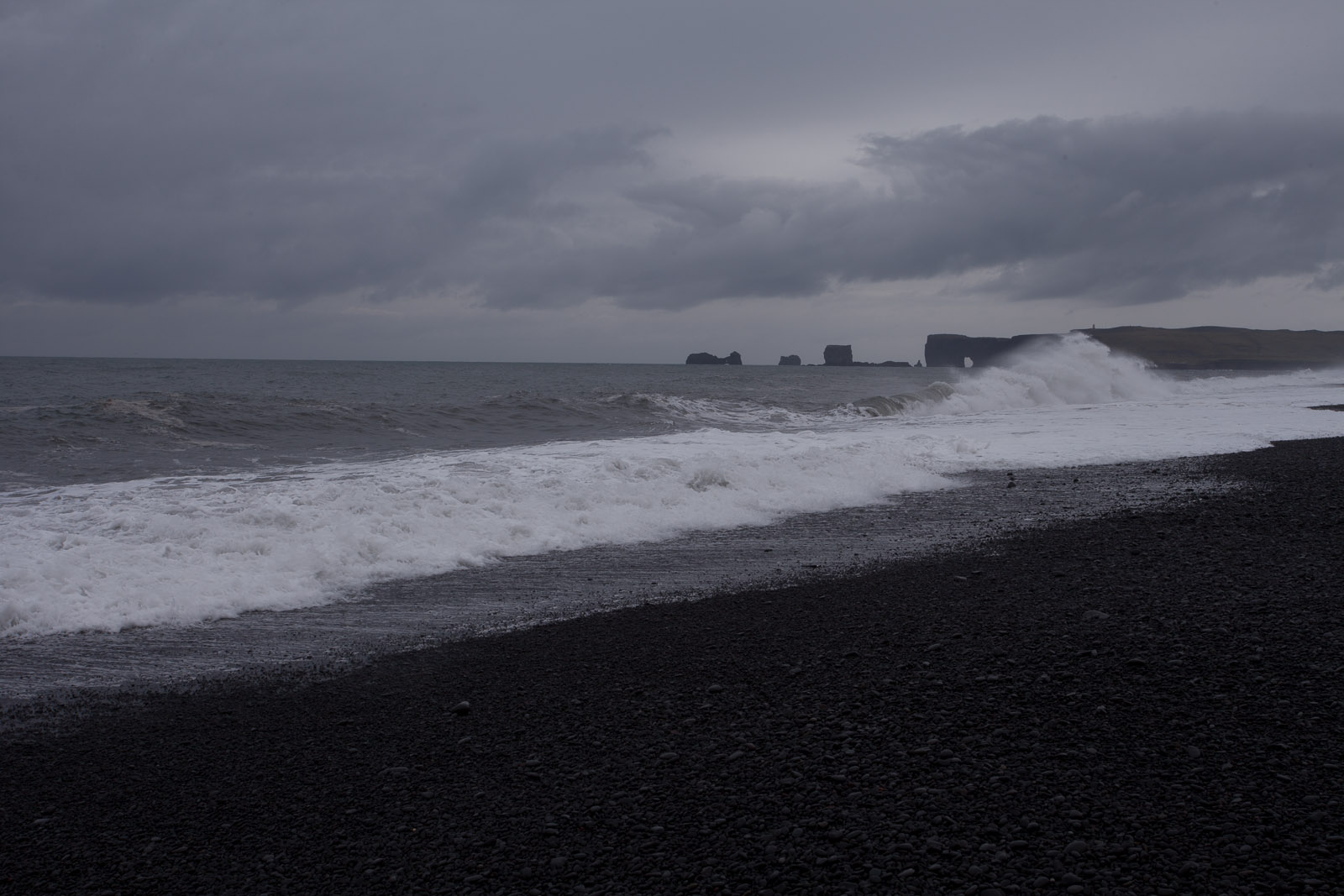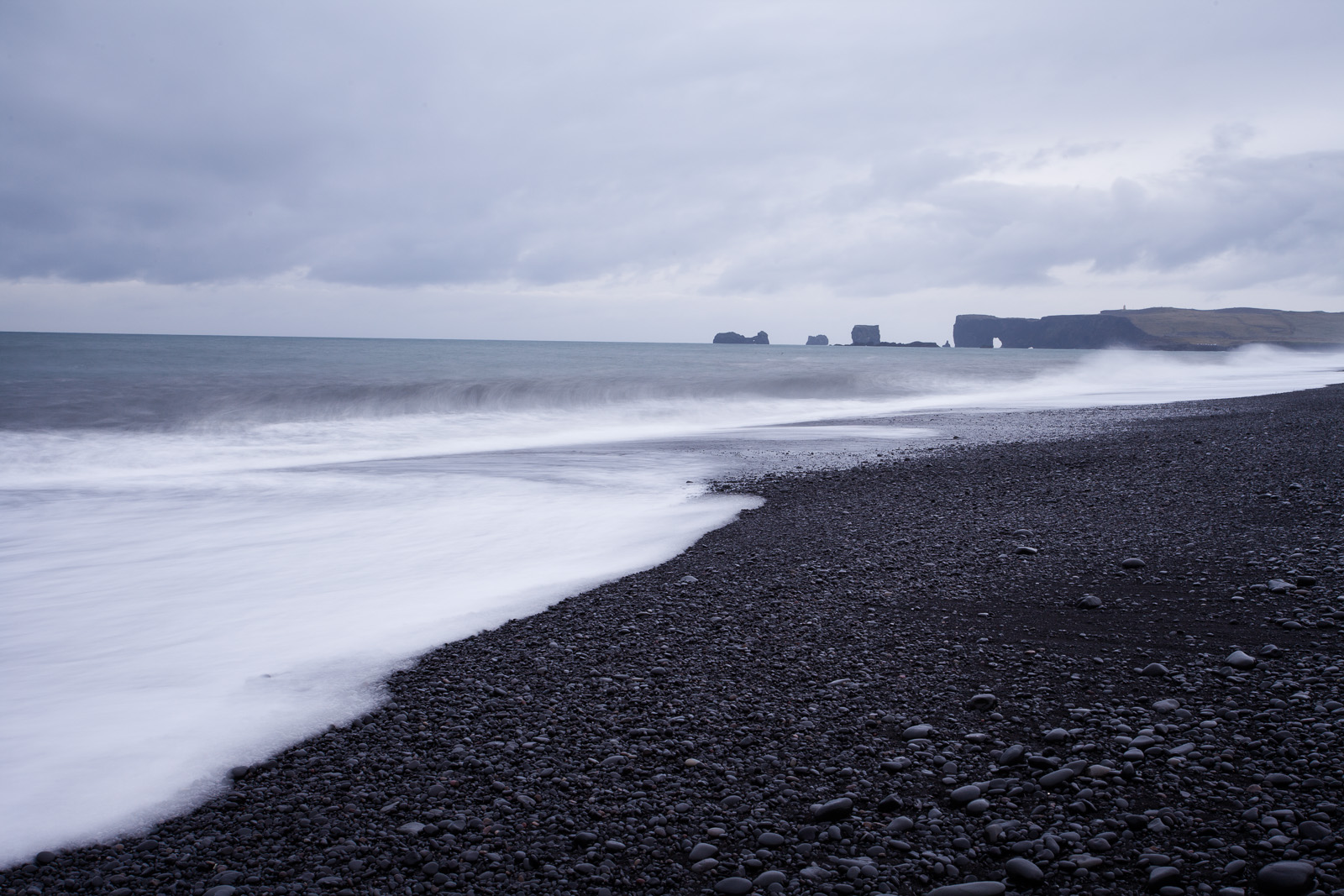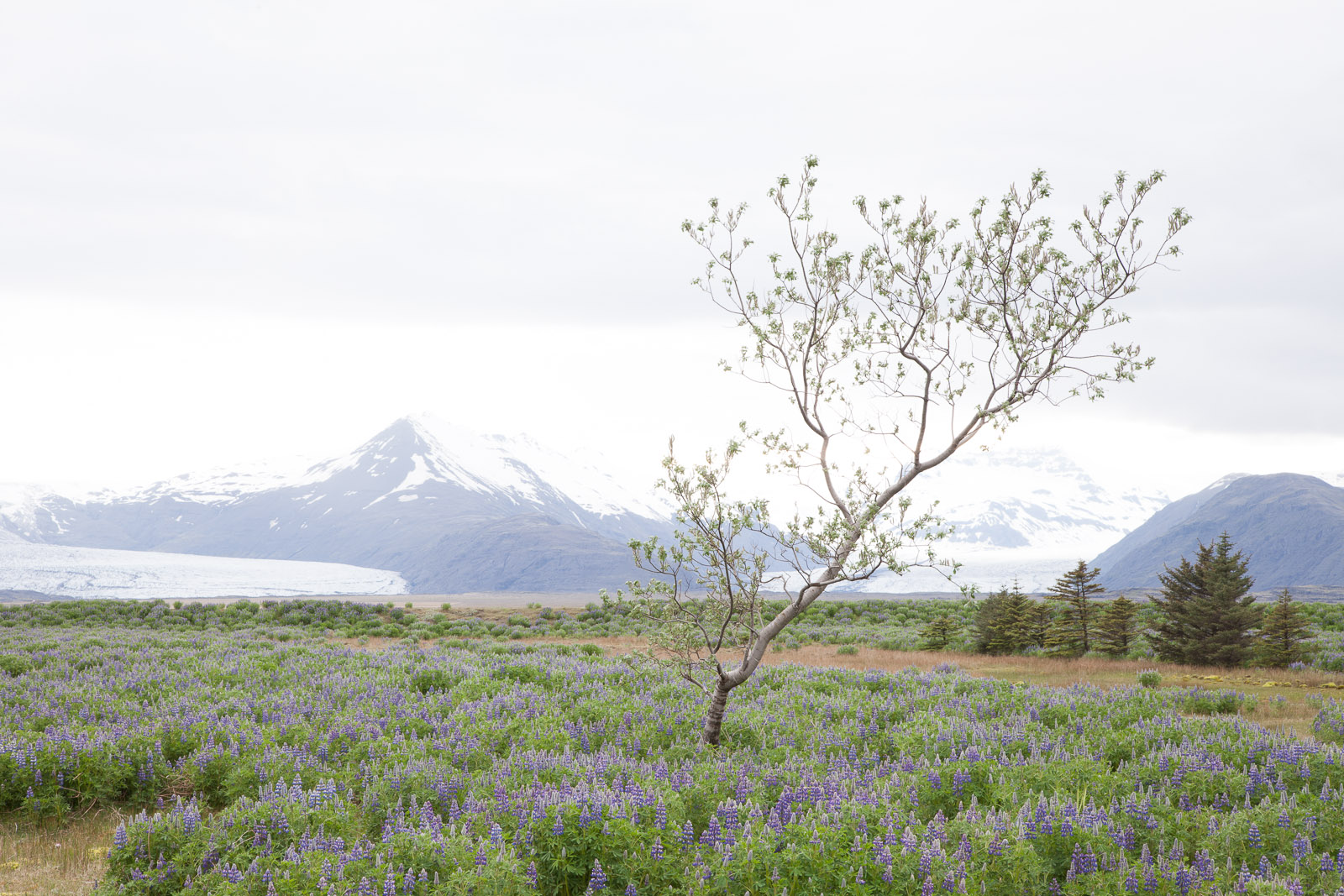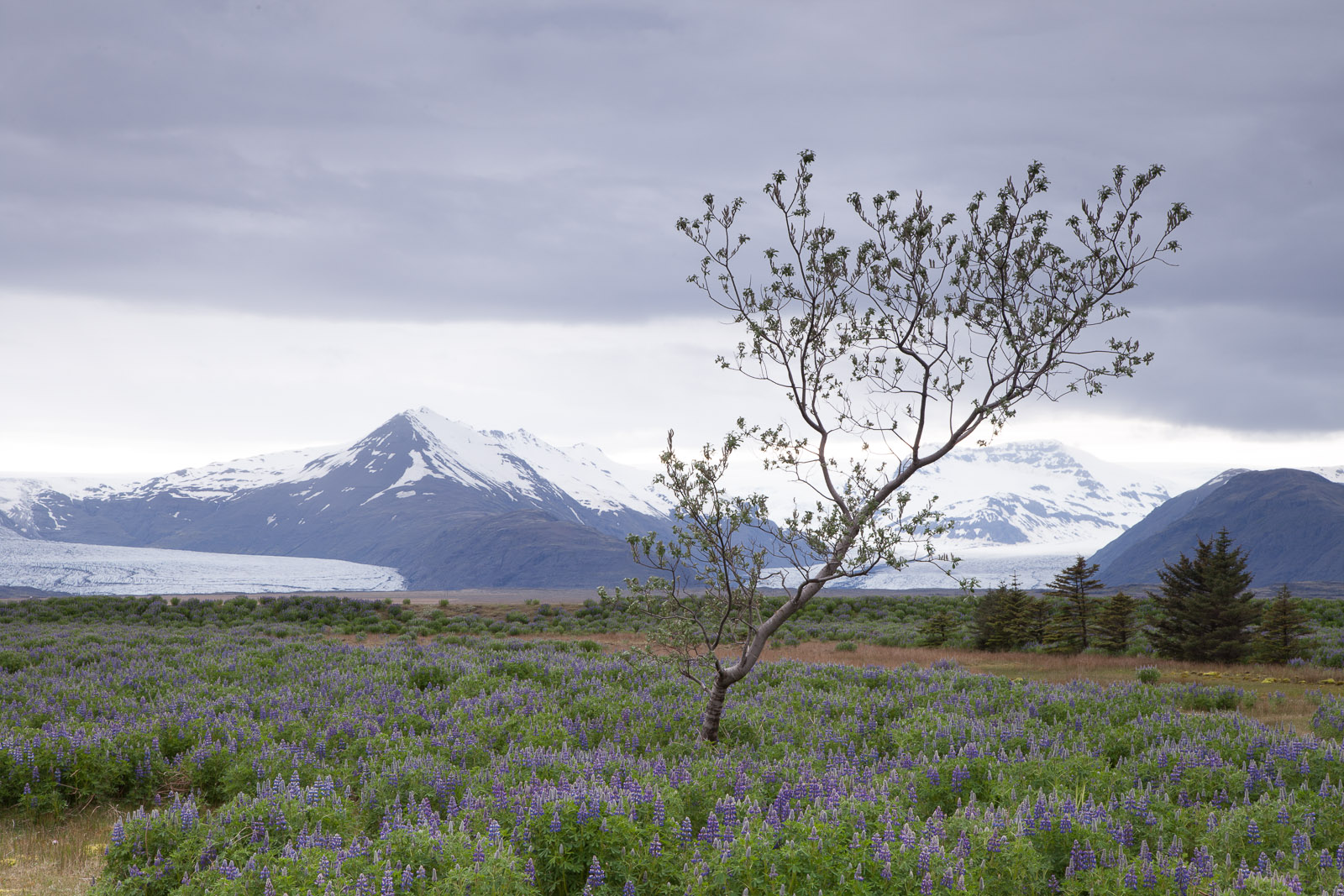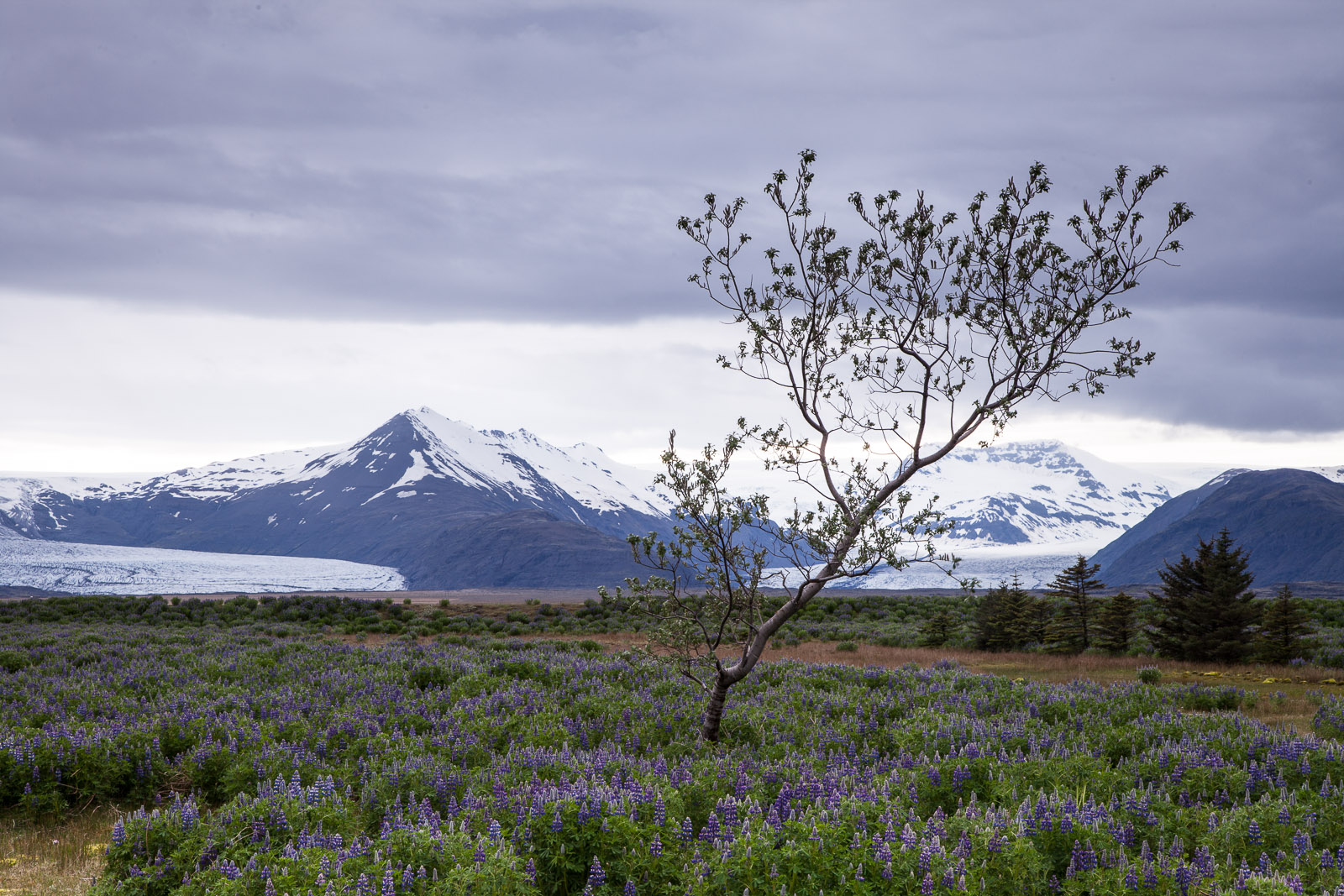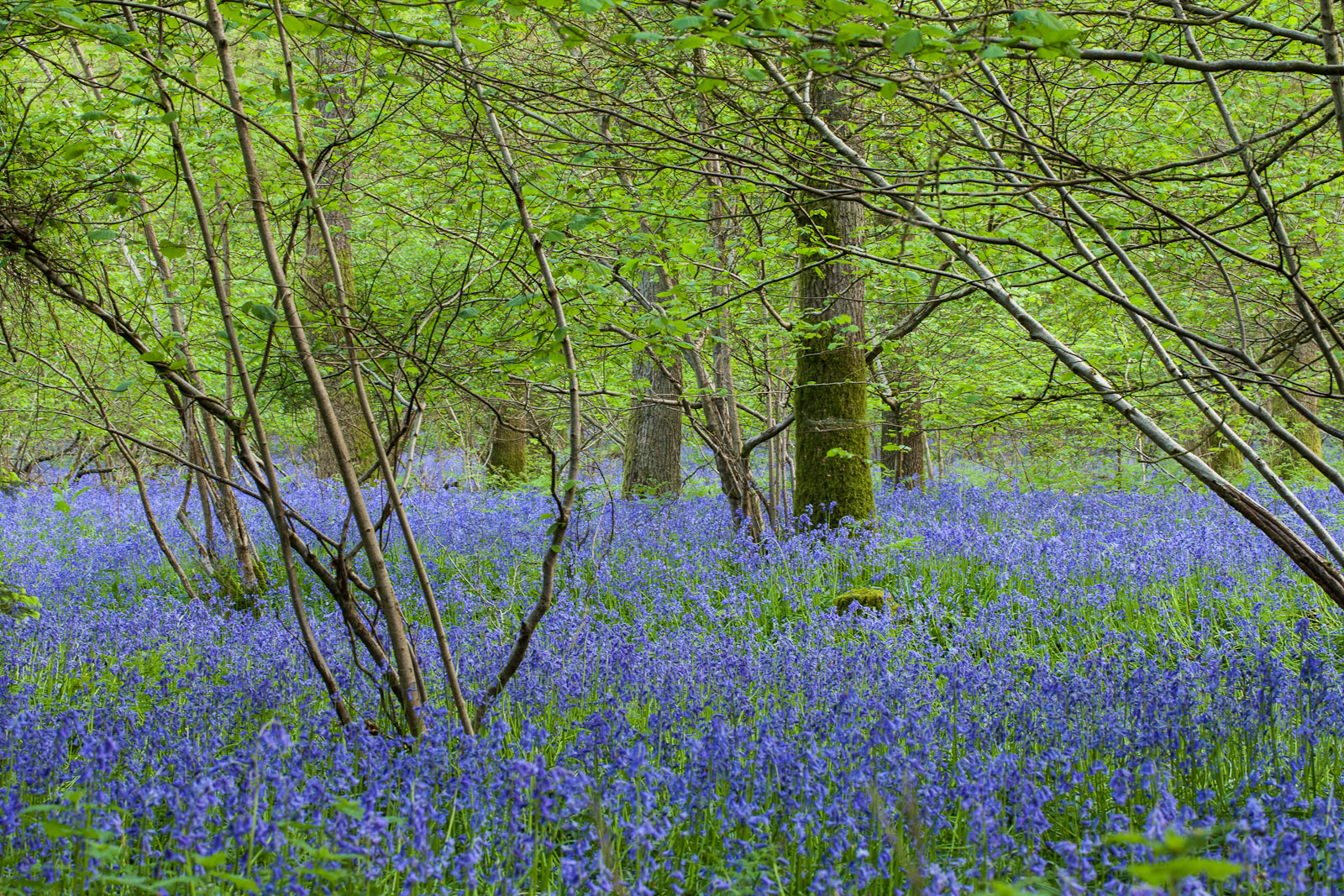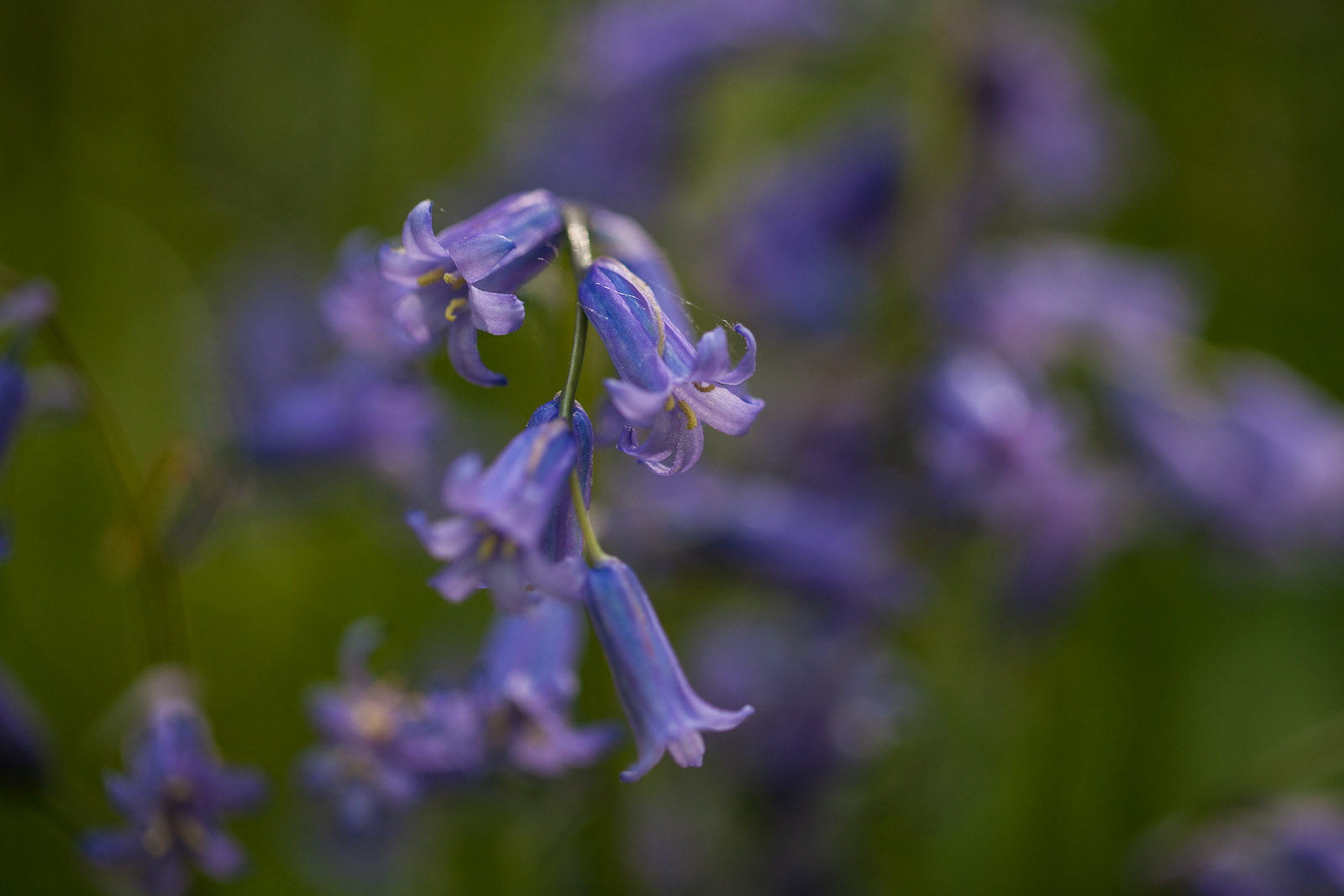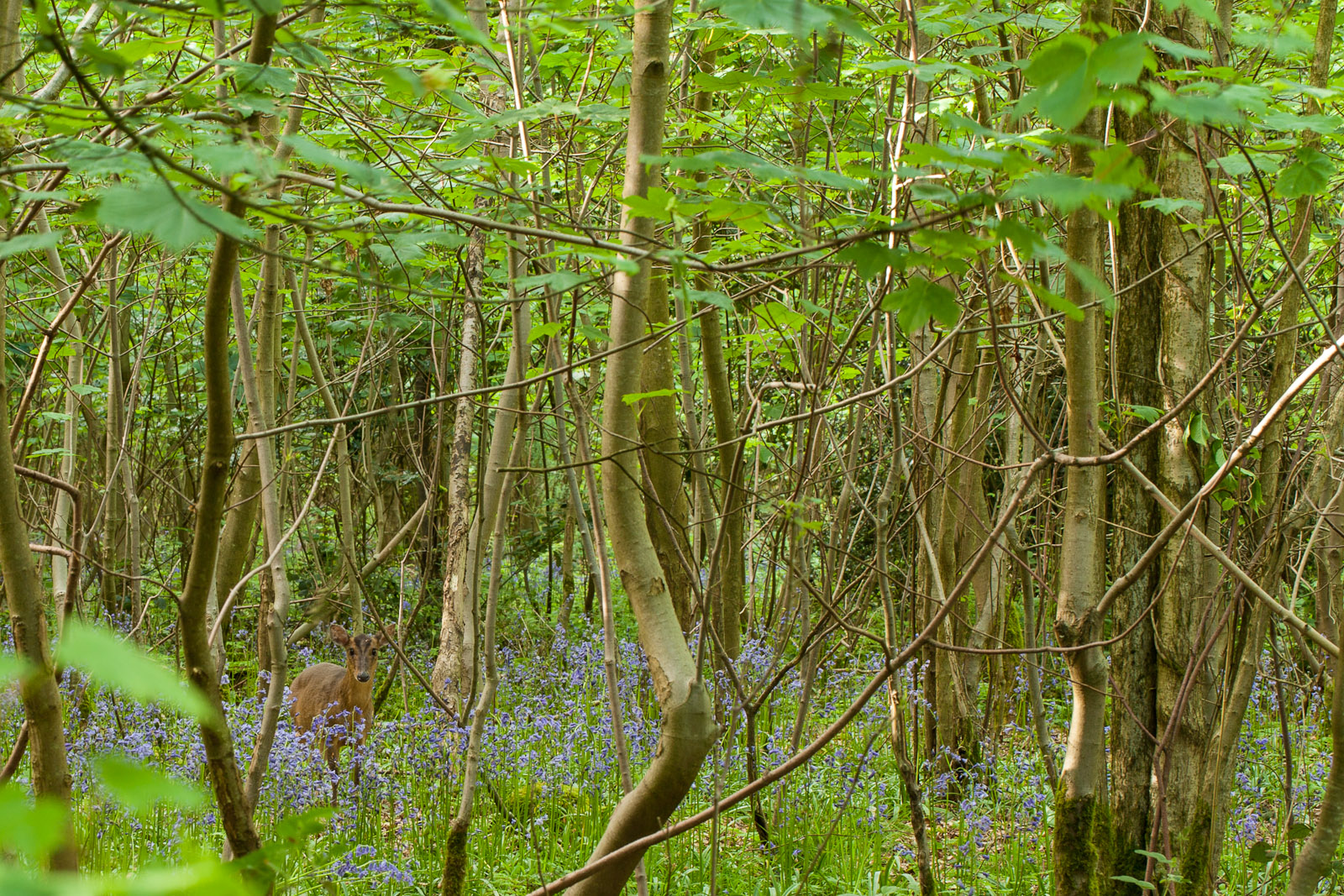Finally, I have uploaded the Iceland gallery. The images chosen reflect the broad range of landscape I experienced as I drove along the south coast and back.
Each image follows the 90 second rule: if more than 90 seconds of post processing is needed, it probably is not worth the effort. Consequently each image only has clarity (a more gentle form of contrast), vibrance and sharpening added. No colours were boosted – they are all natural. I feel the need to state this as a the volcanic minerals make for some otherworldly colours. The only images where more time was taken was when dust spots were just too distracting.
I loved Iceland and it is definitely on the short list of places to return to. I hope the photographs put Iceland on your list too.


